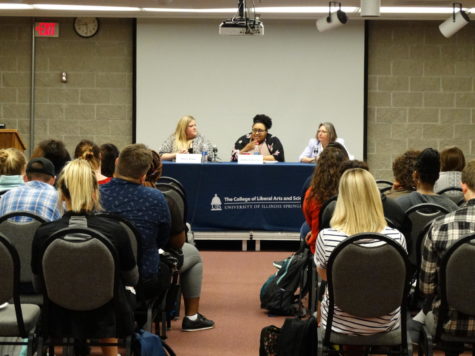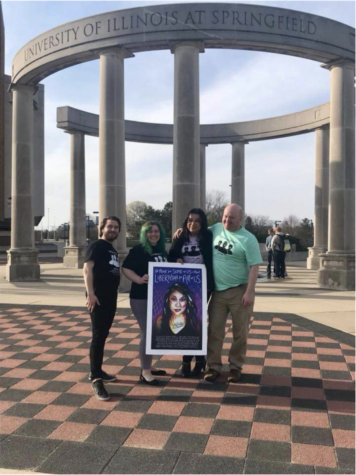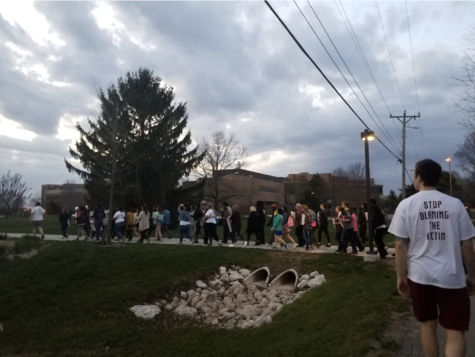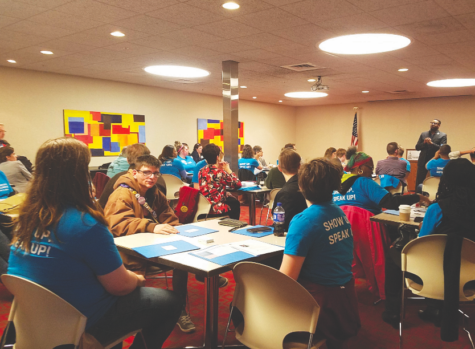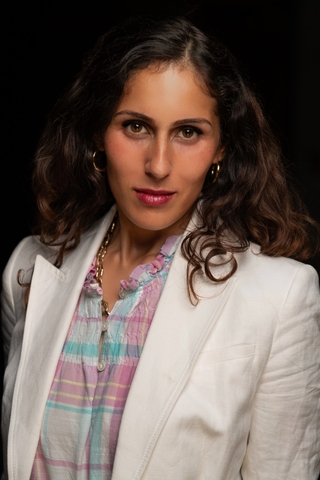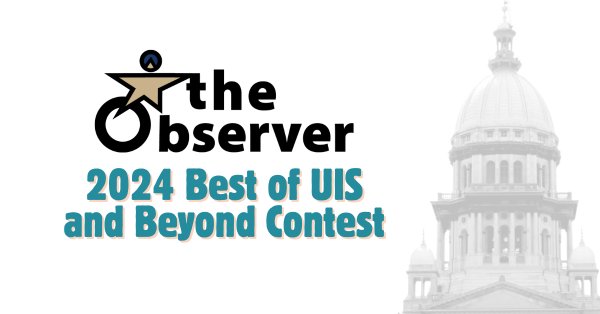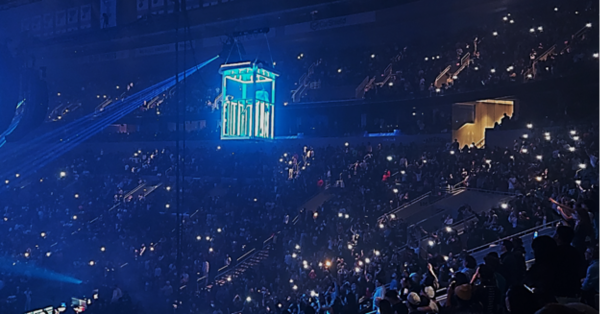Race shapes perspectives on feminism
“My feminism will be intersectional, or it will be bullshit.” These words, penned in a 2011 essay by Flavia Dzodan, have become the rallying cry of feminists the world over. They are angry words, meant to be yelled, meant to be heard and taken to heart.
Intersectionality, the concept that overlapping or intersecting social identities shape the forms of discrimination, oppression, and injustice that people experience, was first coined in 1989 by legal scholar Kimberlé Crenshaw.
The lack of inclusivity in the modern feminist movement has led to a call for understanding intersectionality and the importance of race, gender identity, and sexual orientation in the fight for equality.
“When I think feminism, I envision women from all walks of life, doing their part to empower each other as well as fighting for the rights of all women,” said social work major Deanna McFarland. “For me the term ‘intersectional feminism’ is feminism that is all-inclusive, regardless of race or social demographic. All women should be treated equally.”
But Dzodan’s words have also been co-opted, commercialized, and appropriated by what’s been labeled as the “white feminist” movement.
Their original intent, to demand inclusivity and respect, seems to have been lost in the flurry to write them on posters to carry at protests and marches.
Dzodan wanted to get the point across that she was “deeply disappointed” with feminism and the way the feminist movement approached issues regarding race, sexuality, and gender identity.
The feminist movement has become increasingly aware of its own history of racism. The early days of the suffrage movement showed some of the schisms that would develop between white women and women of color.
Francis Ellen Watkins Harper, a prominent abolitionist and suffragist, was one of the first to point out that white women and women of color have very different priorities and approaches to the feminist movement.
Harper argued that white women needed suffrage for education, while “black women need the vote, not as a form of education, but as a form of protection.”
During the civil rights era, feminists of color became disenfranchised with the great social movements of the time by the sexism of the civil rights movement, as well as the racism of the feminist movement.
“You know the feminist movement was struggling alongside the civil rights movement and it ebbed and flowed, sometimes they worked together and sometimes they didn’t,” said Dr. Anette Sikka, an assistant professor in the Department of Legal Studies.
“For example, southern feminism, quite a lot of it was at odds with the civil rights movement, sort of demonizing black men while lionizing and valorizing white women.”
The historic lack of inclusivity in the mainstream feminist movement has caused many women of color to look elsewhere for support and advocacy. Womanists and ‘mujeristas’ struggle to liberate black and Latina women respectively from specific forms of oppression that they face based on the intersections of their social identities.
But McFarland attributes this lack of inclusivity to a wider-reaching social issue.
“It’s not just mainstream feminism’s lack of inclusivity, it’s the entire American culture that has excluded minority issues,” said McFarland. “I feel like regardless [of] if the feminism movement became more inclusive and focused on all women’s issues, black, white, Latino, Asian, Muslim, it still won’t be enough grounds to end this perception of white women or people in general having privilege over another race.”
Placing an emphasis on the priorities of white women over LGBT women and women of color has led to a disconnect between gender and race within the feminist movement.
Straight, middle-class, educated white women don’t experience the same forms of injustice that an LGBT woman of color does. The discrimination that women face does not happen in a vacuum; race, gender identity, sexual orientation, socioeconomic class, and able bodied-ness all intersect to influence what people experience.
“I, as a queer, white, middle-class woman, face gender discrimination in many ways,” said UIS senior and self-identified feminist Becca Mazzoccoli. “But I could never compare my experiences to a queer, poor, woman of color. The injustices start piling on top of each other once intersectionality starts becoming more complex.”
In general, white women can afford to not care about racial injustices. This was clearly illustrated in the recent presidential election, when 53 percent of white women voted for Donald Trump, an admitted sexual predator who campaigned on socioeconomic policies that disproportionately impact black and Latino families.
However, recognizing this privilege and using it to advance oppressed groups while being able to listen and include said groups, is a crucial step in fostering equality.
“I like to use my privilege as a white person to give voice to issues that are harming others,” said Mazzoccoli. “But I also don’t ever want to feel like I am overstepping my bounds or speaking over marginalized and disenfranchised people.”
The feminist movement can still be focused, while being more inclusive to other marginalized groups by advocating for their rights and equality.
“It’s critically important to be each other’s allies,” said Dr. Heather Dell, associate professor of women and gender studies. “We really need to understand how to be better allies in a global setting.”
While discussing and coming to terms with white privilege and how that affects oppression and discrimination may be an uncomfortable topic for many people, it is a necessary part of unlearning oppressive behaviors and instituting societal change by becoming more conscious of inclusivity.
“I think it’s hard for anybody to come to consciousness,” said Dell. “But it does mean as more and more families are now happily becoming interracial/interethnic, that becomes even more important, that we need to be able to bring our children to marches, we need to be able to include people in all kinds of ways.”



